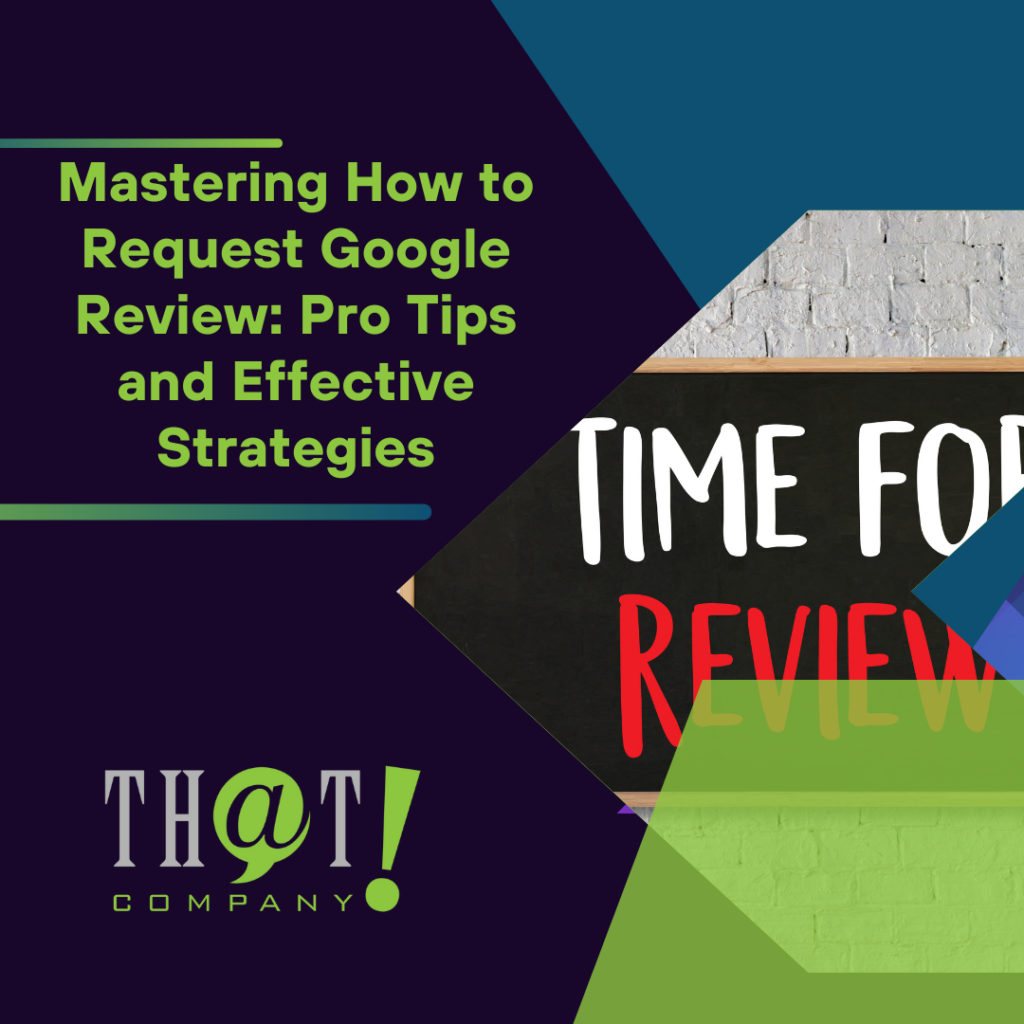SEO has made an impact in the world of digital marketing. This phrase will constantly come up if you want your companies to have an internet presence. One of the best things about SEO is that several sites will offer you all the knowledge you need to run your own SEO. With the digital market flourishing, it is a skill set worth developing. Hiring a white label SEO specialist or contracting a white label SEO company may be the smart, cost-effective solution.
Discover how page ranking in search engines works, from query categorization to context assignment, and identify which signals are essential. To understand how page ranking works, you must first understand what search engines are.
A search engine is a web-based tool that searches the web for the results of a specifically targeted query entered by the user and delivers a list of search results most relevant to the term. It is a computer program that aids in discovering the most pertinent information sought by the user on the Internet. Some of the most well-known search engines include Google, Yahoo, Bing, Baidu, and MSN Search.
Why Do Search Engines Rank Websites?
 Before we get into how page ranking in search engines works, let’s take a step back and consider why they rank them in the first place. After all, it would be less expensive and more straightforward for them to show pages at the random, by-word count, by freshness, or any of a variety of simple sorting methods.
Before we get into how page ranking in search engines works, let’s take a step back and consider why they rank them in the first place. After all, it would be less expensive and more straightforward for them to show pages at the random, by-word count, by freshness, or any of a variety of simple sorting methods.
The reason they don’t is self-evident. You’d never use it. So, when we inquire about page rankings, we must remember that the user we are attempting to satisfy does not belong to us; they belong to the engine, which lends them to us. If we neglect that user, they may not return to the machine, and as a result, the engine’s ad income would decrease.
I think of the situation as some of our website’s reference pages. If we recommend a tool or service, it is because we have used it and feel it will benefit our visitors. We will remove them from our website if we learn they are not. That is precisely what the engines are doing. But how?
It Only Takes 5 Simple Steps – It’s Simple! The entire process of rating a page consists of five phases. I’m not considering technical problems like load balancing, and I’m not discussing each signal computation.
I’m referring to the fundamental procedure that every inquiry must go through to begin as an information request and end as a collection of the blue links hidden behind a sea of advertising.
Understand this procedure and who it is intended to serve, and you will be well on your way to correctly thinking about how to rank your pages to their users.
[bctt tweet=” To understand how page ranking works, you must first understand what search engines are. ” username= “ThatCompanycom”]Step 1: Categorize
The initial step in the procedure is to categorize the incoming inquiry.
Categorizing the question provides the engine with the information required to complete all the subsequent processes. Before confusing categorization could occur (i.e., when engines depended on keywords rather than entities), the engines essentially had to apply the same signals to all queries.
This is no longer the case, as we will see further below.
Step 2: Understand the context
 Understanding the context is the following process in ranking.
Understanding the context is the following process in ranking.
Wherever applicable, the search engine should consider whatever relevant information it has about the person who entered the query. Next, the search engine determines what environmental and historical aspects come into play in the second stage of the process. Next, they are informed of the query’s category; hence, they apply, determine, or pull data relating to feature information for that query’s category and type.
Step 3: Weighting
Before an engine can identify which sites should be ranked, it must first establish which signals are the most essential.
With the question type and context components in hand, the engine may now rely on their understanding of which of their signals applies and with what weightings for the given combinations.
The many talented engineers and computer scientists will undoubtedly do some of this manually. But, at the same time, some will be handled by systems such as Rank Brain, which is (for those that are not in the know) a machine learning algorithm designed to adjust the signal weights for previously unseen queries but later integrated into Google’s algorithms (it is fascinating stuff).
Step 4: Design
 It’s something we’ve all seen. The layout of the search results page varies depending on the query.
It’s something we’ve all seen. The layout of the search results page varies depending on the query.
The search engines will assess which formats are appropriate for a query purpose, the user who is performing the query, and the available resources.
The fact is that it’s a shifting goal that relies on understanding things, how they link, and how they’re weighted, which we won’t get too far into here since it’s a complicated issue and should get its article.
What’s critical to understand in the context of this post is that the various parts of any search results page must be selected on the fly. This means that after running a query and completing the first three phases, the search engine will consult a database of the many potential items to put onto the page and the available positions and determine which will apply to the current question.
While this is true for occasional searches or Unique Searches, it is far more likely that for typical requests, the engines store a database of which components they have already computed to meet the expected user intent so that they do not have to process that each time.
Step 5: Sorting
Surprisingly, this is arguably the most straightforward part of the procedure, albeit it is not as unique as one might believe.
We immediately consider the the blue links when we think about organic rankings. So, to begin, let’s look at the procedure thus far:
- First, the user enters a query.
- Based on similar or identical past query encounters, the search engine examines the kind of question and classifies it to determine what essential criteria apply at a high level.
- The engine evaluates the user’s position in space and time to determine the user’s likely intents.
- The engine utilizes the inquiry classifications and user-specific signals to decide which calls should be given which weights.
- The engine also uses the above data to identify whether layouts, formats, and supplementary data may meet or augment the user’s aim.
With all the information and an algorithm already in place, the search engine only needs to crunch the numbers. They will gather the numerous sites that may be ranked, apply the weights to their algorithms, and crunch the numbers to decide the order in which the sites should show in the search results. Of course, they must accomplish this differently for each piece on the page. Because videos, articles, entities, and information all change, the engines must organize everything on the page, not just the blue links. All of that in just a fraction of a second. Now it makes sense why it took so long back in the early days of the Internet for search results.
In summary
The site’s ranking is simple. The actual job is getting everything together and organized to do it.
You may be wondering how understanding this might aid your SEO efforts. It’s like grasping the fundamentals of how your computer works. Knowing this leads to a speedier machine that requires significantly fewer updates and upgrades. The same is true for SEO. You will understand your role in that environment if you grasp the fundamentals of how the search engine works.
Written by, Marty Clemence























 Talk With Us
Talk With Us  Give Some Love
Give Some Love 


